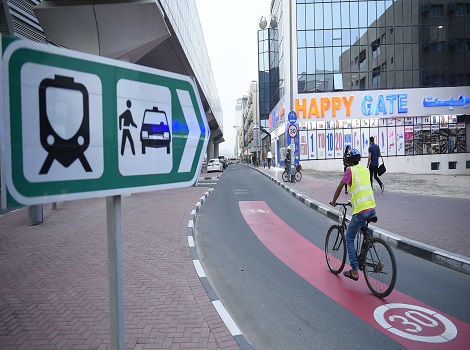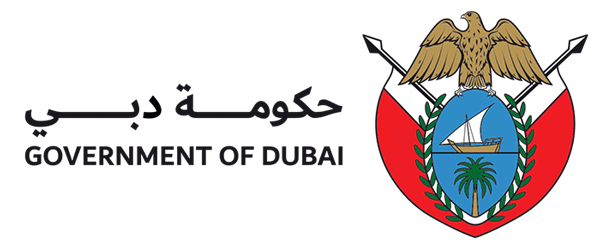Press Releases
29 Feb 2020
Endorsing the first and last-mile strategy to link with public transport network
(Al Tayer: The strategy is based on sustainability, shared transport and safety)

The Board of Executive Directors of Roads and Transport Authority (RTA) endorsed a 'First and Last-Mile' Strategy in a meeting chaired by His Excellency Mattar Mohammed Al Tayer, Director-General and Chairman of the Board of Executive Directors of RTA. The strategy advocates a healthy and active lifestyle by offering multiple mobility options integrating with mainstream public transport network. It is based on top global practices that place Dubai amongst the pioneers in this regard worldwide.
'First and Last-Mile' journeys are defined as the first or last part of a journey leading, or nearest, to a public transport mean, be it public or individual transit means. Which include bus on-demand, taxi, limo, smart rental cars and shared public/private transport within the first and last-mile range. They also include individual transit means such as scooters and electric bikes in addition to non-mechanical transit means like walking, biking, and others.
The 'First and Last-Mile' Strategy is based on three pillars: sustainability, shared mobility and safety of users. Thus, it fits well with RTA's objectives of making roads and transit means friendly to all. It also boosts the integration with public transport means, promotes shared and mass transport, and contributes to developing effective policies and legislations for transport, roads and traffic.
Integrated Journeys
"The strategy sets a framework for the first and last-mile journeys and supports RTA's efforts to broaden the scope of shared and soft mobility concepts. It entails the introduction of new mobility means, develops an infrastructure friendly to all, and encourages non-conventional transit means such as walking, biking, e-scooter, on-demand buses and shared mobility means. It provides the components of integrated transport and serves the needs of people of determination as well. It requires the provision of cycling lanes, pedestrian crossings/rest areas, shaded areas/routes, landscaping, private rented car parking, bike racks, and pick-up/drop-off points," said Al Tayer.
"Through the strategy, RTA aims to integrate the first and last-mile journeys with public transport network, encourage the accessibility of first and last-mile transit means, and meet the market and community needs. It also includes processes for assessing new transit means to encourage the deployment of new transit means in Dubai and keep pace with the latest industry trends, within an organized framework and studied criteria" he added.
Roadmap
RTA set a roadmap for the implementation of the first and last-mile strategy. It encompasses initiatives over the next five years involving studies and plans for new transit means. RTA started the implementation of initiatives that serve its objectives such as the launch of on-demand buses, shared bikes, and soft mobility improvements.
Soft Mobility
In March 2020, RTA will complete the initial phase of a master plan for soft mobility covering three residential areas namely Karama, Mankhool, and Al Qusais 1. The plan envisages the development of a friendly and integrated environment through enhancing the link between development projects and attractive areas and the use of non-conventional mobility means.
It caters to the integration of transit means that meet the needs of people of determination as well as other related elements like raised pedestrian crossings, and speed-calming devices. Soft mobility elements also include the installation of cautionary directional signs/marks, building routes shared by vehicles and non-conventional transit means, rest areas with greens and amenities, and shaded paths to encourage people to practice soft mobility.
RTA will expand the scope of soft mobility over this year to cover districts like Barsha 1 and 2. Next year, it will cover Al Bateen A, Baraha, Al Ras, Al Qusais 2 and 3 and Qusais Industrial Area 1. By 2024, the number of districts covered by soft mobility in Dubai will reach 27 districts.
